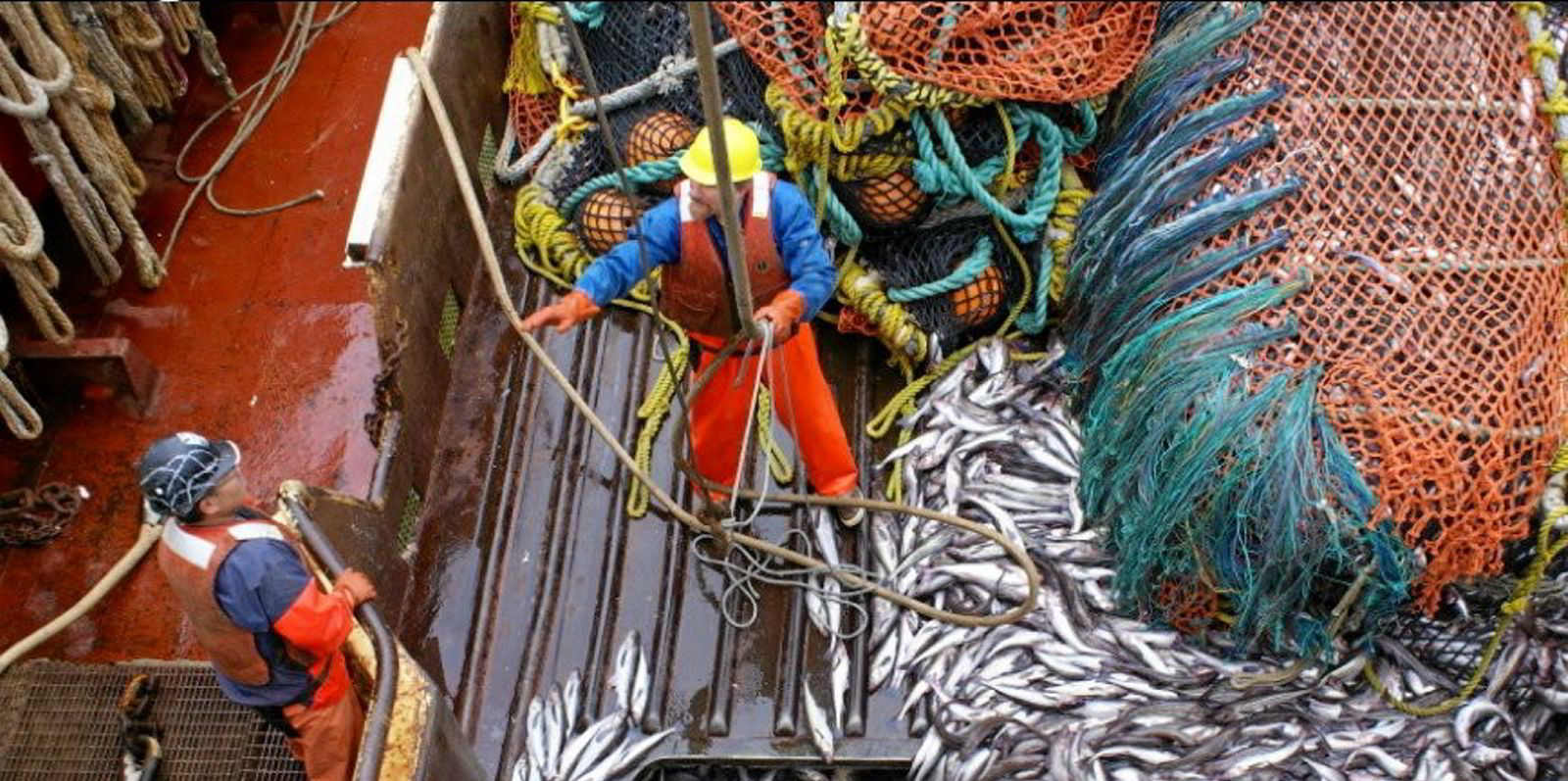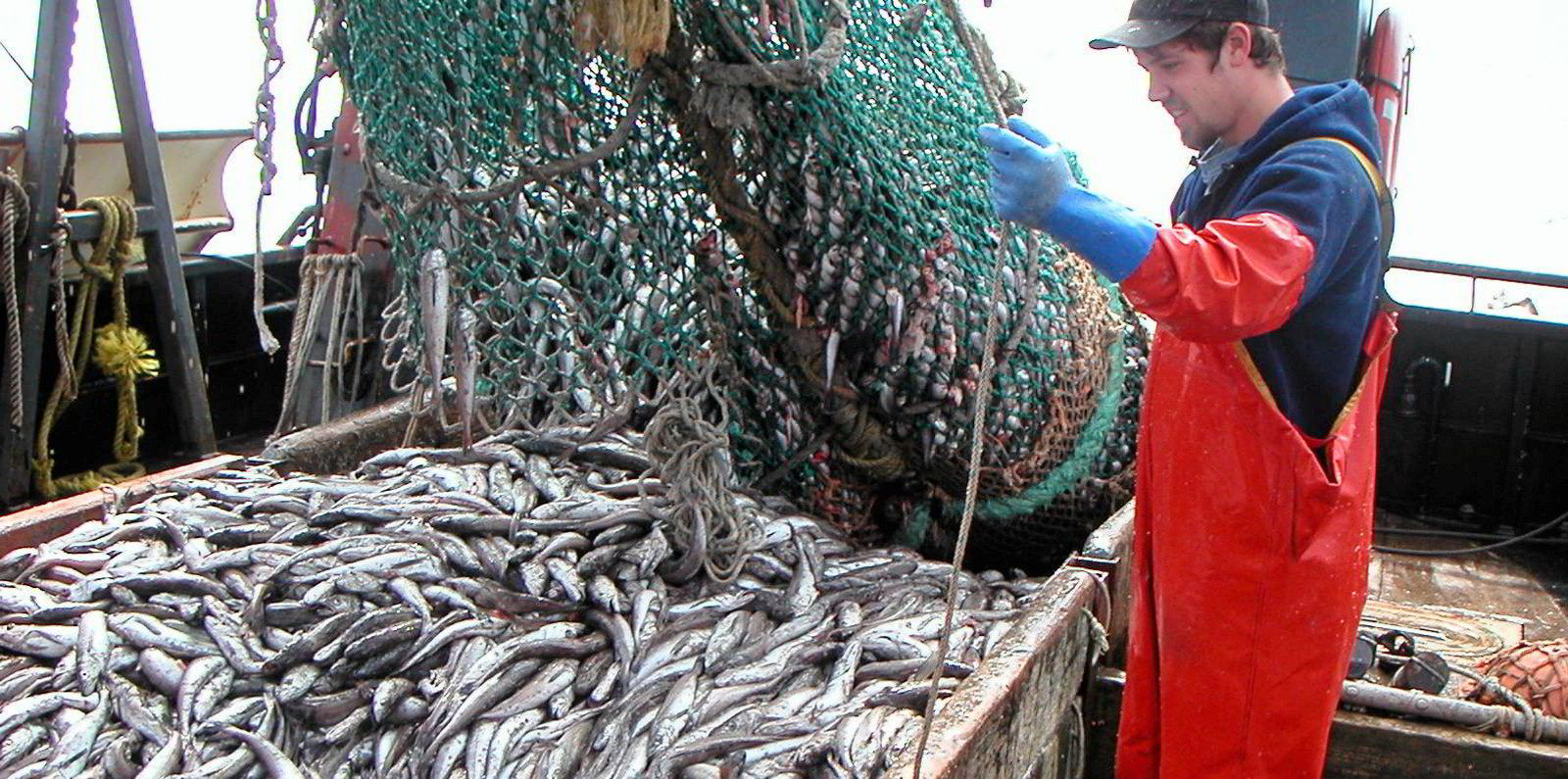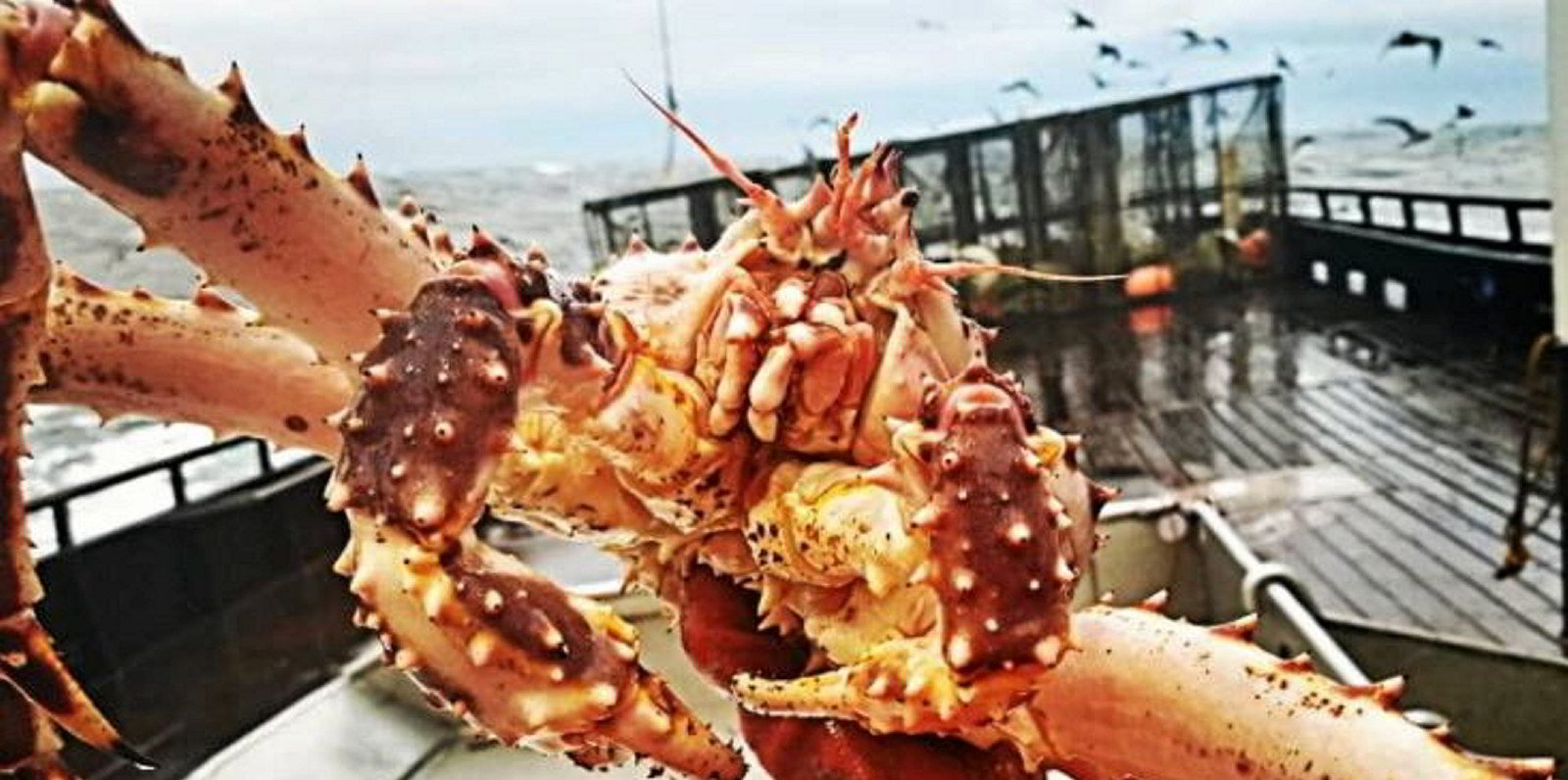While the Alaska pollock industry may have avoided specific limits that were proposed through a so-called "hard cap" on Alaska chum salmon bycatch for trawlers, moving forward with some sort of limit for chum bycatch remains a possibility.
The North Pacific Fishery Management Council (NPFMC), which determines fisheries regulations in federal waters off Alaska, voted April 8 to analyze four alternatives that include implementing an overall limit for the number of salmon chum bycatch that would close the pollock fishery if reached, but they declined to attach any specific number value or range to that proposal.
Bycatch is non-targeted fish caught while vessels are harvesting a different species. A so-called prohibited species catch limit would require the Alaska pollock fishery to close if it catches a specified number of chum.
Alaska tribes are intensely scrutinizing the Alaska pollock fishery, asking about its role in critically low chum counts on the Yukon River now for several years in a row.
There is no chum bycatch limit on the fishery, but US pollock fishing companies are directed to "minimize chinook salmon and chum salmon bycatch to the extent practicable," according to the NPFMC.
Representatives from Alaska's tribal subsistence sector that were part of an advisory panel moving recommendations forward in March asked for the council to consider shuttering the Alaska pollock fishery if the chum salmon bycatch reached a level in the range of 22,000-54,000 fish, citing historical fishery data from 1991 to 2022.
However, in the motion considered by the full council, its members agreed those numbers did not "provide a full reasonable range of alternatives" for the council to analyze.
Andy Mezirow, a voting council member and owner of Alaska-based Gray Light Sportfishing Charters, told IntraFish following the meeting the proposed year-range for the bycatch cap was not consistent with the implementation of the American Fisheries Act (AFA) in 1998, which effectively created the harvesting quota system in Bering Sea.
Mezirow noted that prior to the rationalization, bycatch levels were significantly higher and do not represent measures implemented by industry to keep bycatch lower since that time.
The council approved moving forward with the analysis using a date range between 2011-2022, looking at 3-, 5- and 10-year averages for prohibited species catch levels for chum.
It is also looking at potential ranges for average chum catch levels during warm and cold years for that timeframe, with ecosystem and climate changes noted as the leading causes of the recent chum salmon run failures.
"There may be a correlation between productivity and bycatch levels differing in warm and cold years," Mezirow said. "If this proves out, it could result in a more climate-tailored management response."
The North Pacific Fishery Management Council (NPFMC) has an important role in the management of marine resources off Alaska. The council prepares and amends fishery management plans and regulations for the fisheries occurring in federal waters. The council also works very closely with the Alaska Department of Fish and Game and the Alaska Board of Fisheries to coordinate management programs in federal and state waters.
The council is one of eight regional councils established by the Magnuson-Stevens Fishery Conservation and Management Act in 1976 to manage fisheries in the 200-mile Exclusive Economic Zone, 3 miles off the coast of Alaska.
The council is made up of appointees from Alaska, Washington, and Oregon. The council, along with the advisory bodies, were formed so federal fishery management decisions could be made at a local level, emphasizing public input.
When reviewing potential rule changes, the council draws upon advisory bodies that include an Advisory Panel (AP), the Plan Teams, and other committees. The council will hear reports from the advisory bodies, and hear in-person public testimony at council meetings before taking final action on rule changes. NOAA prepares regulations based on council action.
ADVISORY MEMBERS
- The Council’s plan teams are standing advisory bodies whose membership includes scientists and managers who review the status of the Council’s Fishery Management Plans, Fishery Ecosystem Plans, and best available social science.
- The NPFMC Scientific and Statistical Committee (SSC) is composed of leading scientists in biology, economics, statistics, and social science. The SSC advises the full council on scientific and other technical matters. The SSC also recommends an acceptable biological catch (ABC).
- The NPFMC Advisory Panel (AP) members represent major segments of the fishing industry; catching and processing, subsistence and commercial fishermen, observers, consumers, environmental/conservation, and sport fishermen. The advisory panel recommends total allowable catch (TAC) specifications to the full council.
The Council meets five times each year, usually in February, April, June, October, and December, with three of the meetings held in Anchorage, one in a fishing community in Alaska and one either in Portland or Seattle.
Industry warns of 'hard cap' impact
The Alaska pollock industry has been extremely vocal in its opposition to the hard caps proposed so far, noting they could shut down the Alaska pollock fleet entirely if implemented.
At-Sea Processors Association (APA) Director Stephanie Madsen submitted a proposal to the council asking for any agreements to use "the most refined genetics information available," to help the industry prioritize areas and times to avoid in its effort to limit chum bycatch. That plan was largely moved forward by the council.
Her organization represents US pollock fishing giants American Seafoods, Trident Seafoods, Arctic Storm, Coastal Villages and Glacier Fish.
In a similar proposal, the United Catcher Boats, which represents the interests of 71 Alaska pollock and cod trawler vessels, asked for a chum salmon reduction plan agreement during the pollock "B" fishing season -- June 10 to Oct. 31 -- that would require pollock vessels to, among other rules, avoid areas where the has been "an established chum salmon incidental catch rate."
That alternative was also moved forward by the council for analysis.
The pollock industry questions the effectiveness of a chum bycatch cap, noting 91 percent of the chum bycatch recorded in 2021 came from outside of western Alaska, largely from Asian stocks, meaning only 9 percent of chum salmon caught by the US pollock fleet comes from western Alaska stocks.
Community complications
In addition to industry, chum bycatch has become a hot-button issue among local residents and Native groups, all of whom warn of potential impacts from failing to act, or from implementing rules that are too draconian.
Frank Kelty, a resource manager for the remote city of Unalaska, where major pollock processors operate, testified during the meeting the importance of keeping the $1.9 billion (€1.8 billion) industry alive in a community that entirely relies on it.
"How could this important fishery be replaced? I don’t believe it can," he said. "The seafood industry that processes pollock in Unalaska is the economic engine for the entire community."
Last year the pollock industry brought $8 million (€7 million) into the city, making up around 25 percent of its general fund, according to Kelty.
Jennifer Hooper, natural resources manager for the Association of Village Council Presidents, who supported the proposal with a specific number range, testified ahead of the full council's decision that alternatives must "include a range of (chum bycatch) limits and options, including zero."
"We cannot solely rely on the self-policing, self-regulation by industry," she said, speaking on behalf of a consortium of 56 federally recognized Alaska Native tribes spread across 48 communities in Alaska's Yukon Kuskokwim region.
"The Western Alaska salmon crash is unprecedented," she testified. "For the last three years chinook and chum salmon runs have been at their lowest in more than three decades."
Kevin Whitworth, executive director of the Kuskokwim River Inter-Tribal Fish Commission, told IntraFish the motion was a step in the wrong direction.
"The council's motion wasn't the action we asked for, and that we've been asking to happen for years," he said. "We were hoping the council would start the process of analyzing management action to reduce Western Alaska chum salmon bycatch, rather than asking more questions and delaying true action."
Council staff will next analyze the approved alternatives, with the full council meeting on the issue in the fall.




